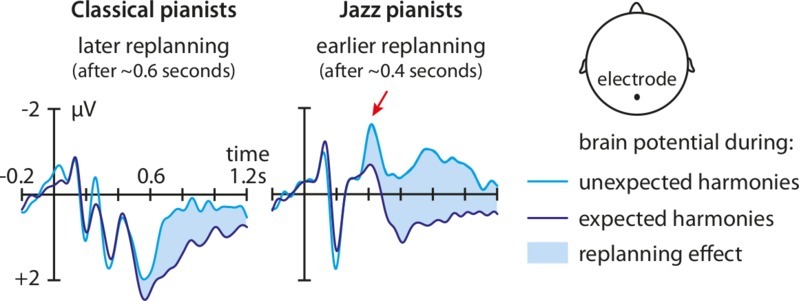You know it’s got to be bad when you quit the Jimi Hendrix Experience just months after the revolutionary, expansive Electric Ladyland hit number one on US and UK charts, but if you’re Noel Redding, you’re plenty fed up with the psychedelic circus. “The recording sessions were ridiculous,” Redding told Rolling Stone in a 1969 interview, “and on stage, it was getting ridiculous.” The last straw for Redding had come a few months earlier at the Denver Pop Festival in June. After tear gas forced the band offstage, fired by police at an unruly crowd, “I went up to Jimi that night,” says the bassist, “said goodbye, and caught the next plane back to London.”
Tensions had been building for months. Hendrix wanted to expand the band, without consulting Redding or Mitch Mitchell. Recording sessions for the double Electric Ladyland had been notoriously riotous. “There were tons of people in the studio,” Redding remembered, “you couldn’t move. It was a party, not a session.” Hendrix’s perfectionism had him pushing for 40–50 takes per song. But the problems weren’t all under his control. The three-day Denver festival—headlined by Three Dog Night, Creedence Clearwater Revival, Joe Cocker, Frank Zappa, Tim Buckley, Johnny Winter and the Experience—was beset with violence, part of the general devolution of the decade.
Overzealous cops battled gatecrashers who showed up looking for a fight. Tear gas wafted through the air. Iron Butterfly supposedly encouraged fans to bring a fence down. Festival promoter Barry Fey remembers Joe Cocker curled up in the bathroom in a fetal position: “He was scared to death. ‘Is this what America’s all about?’”
But Jimi’s drug use had also taken its toll on his relationships. Fey’s account of his state that night is sad and sobering:
There’s a lot of stories, but the worst one is Hendrix…. I had Jimi September 1, 1968 at Red Rocks. We had become such good friends in a year or so. I mean, I just loved him. He was such a great guy. And then nine months later at the Denver Pop Festival, I get to talk to Noel and Mitch, and they said, ‘We’re not going to play with him anymore, Barry.’ I said, ‘What are you talking about?’ They said, ‘We can’t stand him. Since you’ve seen us last, he’s discovered heroin, and you can’t deal with him.’ And then he showed up, and he hardly knew who I was.
But onstage, Jimi was Jimi, cracking esoteric jokes and shredding with abandon. In the audio at the top, hear the band’s full Denver Pop Festival set, which closed out the chaotic proceedings on Sunday night. Hendrix jokes about the tear gas as the band tunes up, then they launch into Swedish duo Hansson & Karlsson’s “Tax Free.”
Jimi plays “The Star-Spangled Banner”—two months before his blistering Woodstock rendition—and the audio cuts out at the end of “Purple Haze,” right before the last song of the night, “Voodoo Child (Slight Return),” when the police fired off more tear gas and “the wind whipped in the stadium,” writes Ultimate Classic Rock, and “blew the toxic fumes back toward the stage. With their eyes burning and their lungs choked for air, the Experience set down their instruments for the final time and fled for cover.”
See the setlist, minus “Voodoo Child,” below:
- Tax Free
- Hear My Train A Comin’
- Fire
- Spanish Castle Magic
- Red House
- Foxy Lady
- Star Spangled Banner
- Purple Haze
Related Content:
Watch the Earliest Known Footage of the Jimi Hendrix Experience (February, 1967)
See a Full Jimi Hendrix Experience Concert on Restored Footage Thought Lost for 35 Years
Jimi Hendrix’s Final Interview on September 11, 1970: Listen to the Complete Audio
Josh Jones is a writer and musician based in Washington, DC. Follow him @jdmagness.


